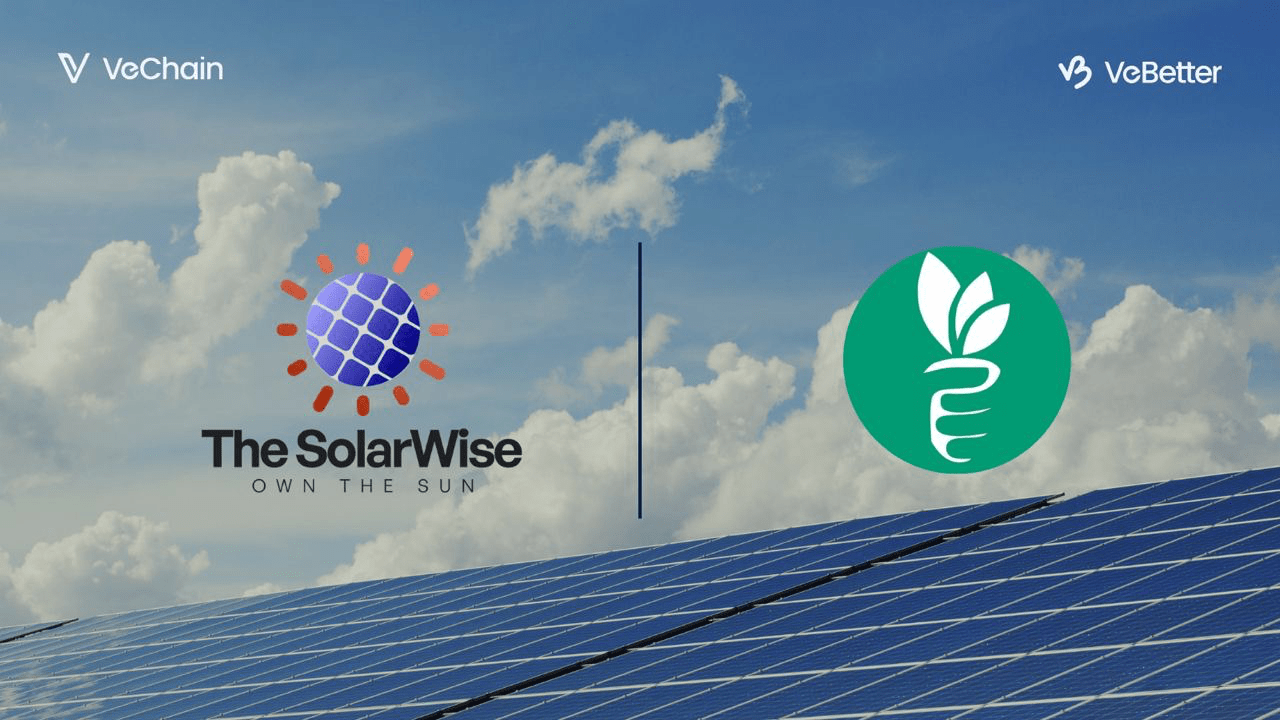Solar Energy
Learn how solar energy works, its benefits, technologies, and adoption strategies empowering individuals to make informed, sustainable choices for their homes and the planet.

Overview of Solar Panel Technologies
Solar panels come in different types, each with unique characteristics suited for various applications. In this lesson, we’ll explore the three main types of solar panels (monocrystalline, polycrystalline, and thin-film) so you can understand their differences and uses.
1. Monocrystalline Solar Panels
Monocrystalline panels are made from a single, pure crystal of silicon, which gives them a uniform dark appearance.
Key Features:
- High Efficiency: These panels offer the best energy conversion rates, making them ideal for locations with limited space.
- Long Lifespan: Monocrystalline panels can last 25 years or more while maintaining strong performance.
- Better Performance in Low Light: They work well in lower sunlight conditions compared to other types.
- Higher Cost: Due to their efficiency and durability, they tend to be more expensive than other options.
2. Polycrystalline Solar Panels
Polycrystalline panels are made from multiple silicon fragments melted together, giving them a speckled blue look.
Key Features:
- Moderate Efficiency: While not as efficient as monocrystalline panels, they still provide solid performance at a lower cost.
- Affordable: These panels are less expensive to produce, making them a popular choice for budget-conscious buyers.
- Good for Large Installations: Their slightly lower efficiency means they require more space to generate the same energy output as monocrystalline panels.
3. Thin-Film Solar Panels
Thin-film panels use different materials (such as amorphous silicon, cadmium telluride, or copper indium gallium selenide) instead of crystalline silicon.
Key Features:
- Lightweight and Flexible: These panels are easier to install on unconventional surfaces, such as curved roofs or portable applications.
- Lower Efficiency: Thin-film panels generally have lower energy conversion rates than crystalline silicon panels.
- Shorter Lifespan: They tend to degrade faster and may need replacement sooner than other panel types.
- Great for Large-Scale Installations: They are often used in commercial and industrial settings where space is not a concern.
Conclusion
Each type of solar panel has its own strengths and best use cases. Monocrystalline panels are best for efficiency and long-term investment, polycrystalline panels offer a balance between cost and performance, and thin-film panels provide flexibility for unique applications. Understanding these options can help individuals and businesses choose the right solar panel for their needs.